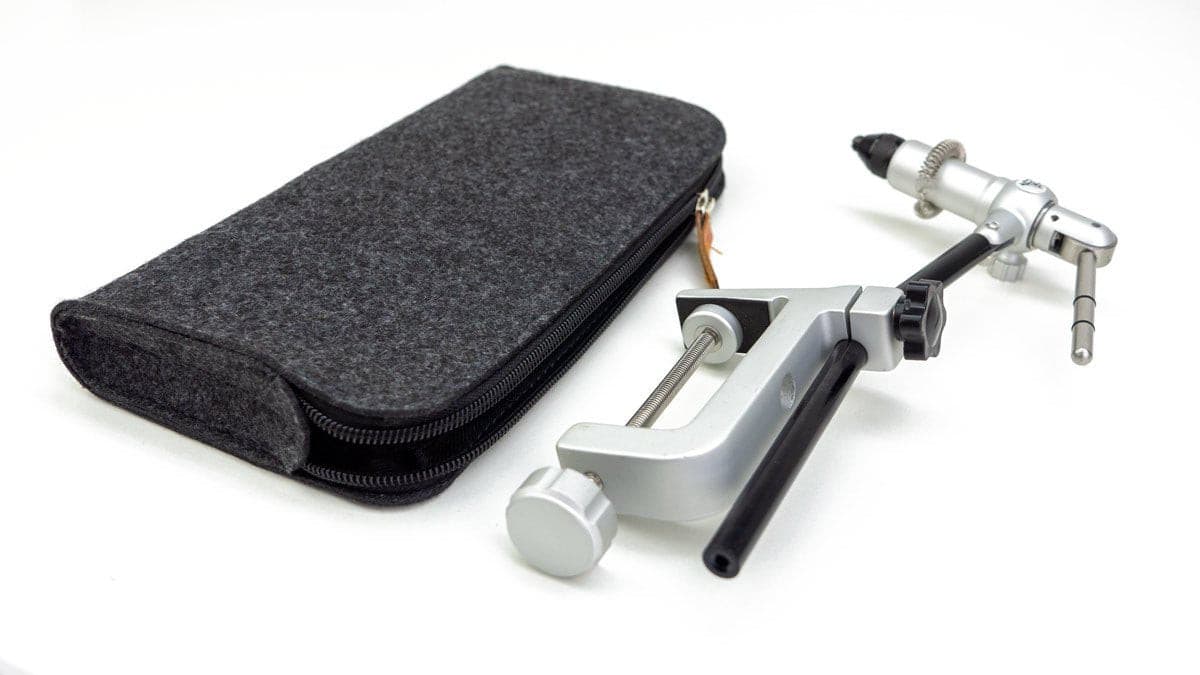"I thought I better give a short review of my latest rod. It’s built on the latest blank offering from the Epic stables, “The Bandit”. The blank is a 7’9” three piece S2 fibreglass rod, nominally rated as a 10wt. At the moment there are only 5 of these blanks running around in the wild. With so few of them around, I felt duty-bound to let you guys know how the rod performs in case you’re looking to build a snag basher soon. (I believe another production run is imminent.)

I’ve built mine with Fuji Ti framed guides with SiC inserts. The ergonomic grip is a Maniform cork grip supplied by Siesta Tiles in the UK. The reel seat is an ALPs triangular seat. That’s the dry specifications. Unusual build, but just boring specs all the same ….

The fun stuff starts when a line is put through the guides. This thing makes loops like a dream. After the recent club casting day, Tony Ong described it as casting “like a cut snake” and I agree with him. Being a short rod, it has a low swing weight, but even so, it’s surprisingly light for a glass rod. Most people on picking it up for the first time comment on this departure from their expectations. Once they cast it, the look of pleasure and surprise on their face is pure gold.
The action is, as you would expect, quite slow by CF rod standards. There is none of the tippy or stiff action found in CF rods: the rod will load all the way to the grip on long casts, but it always feels like it has power in reserve. In fact, the rod loads incredibly easily at all distances with a 10wt line, even with just 6 feet of line out. This is due to the low stiffness and slightly higher mass of the glass rod itself. It “self loads”, bending under its own inertia, so that even with the least amount of line out, loops will form easily.
It’s this feature of the Bandit that blew my mind when I began testing it: It will happily cast any line from a 6wt DT to a 12wt Rio OBS, with the sweet spot between 8wt and 10wt. Since it can load itself during casts with light lines, a 6wt line put over it seems to feel somewhat like casting a (heavy) 6wt CF rod. At the other end of the spectrum, the 12wt did bog it down somewhat, but the reserve of power in the big butt section will pull it through without complaint. I liken it to a big V8 diesel engine with low end torque that’s a pleasure to draw into.
I am a fan of fly rods that are shorter than the conventional 9’ length seen most commonly now. As a class of rod, they work really well when landing a fish on the kayak and in close-up fist fights with brutal fish. They also put less strain on the caster due to the shorter lever arm. It’s easy to believe the price paid for using a shorter rod is loss of casting distance. I suppose that could be true, but honestly, I have not noticed it. I can easily punch out 90’ casts with short rods, and do so all day. This one is no exception either: Although it’s “only” glass, a 90’ cast with a 10wt line is effortless. It actually feels more like casting an 8wt rod.
Of course, where the Bandit really shines is snag bashing: short, rapid casts aiming to pick-pocket fish from up to 60’ away. Carl McNeil designed the blank as a Cod Rod for putting plenty of hurt on big fish without fear of graphite explosions. I built mine to tackle big snapper from my yak, but I can’t wait to cast at mulloway amongst the bridge pylons in the Swan River this Saturday night.
The rod quickly assumed the mantle of Favourite Rod once I finished building it in late September. It’s going to take something VERY special to knock it off that perch. Maybe Carl has something up his sleeve for his next trick. I hope not, because I'll be forking out even more money ... :)"
Graeme Hird, Australia.
Originally posted on the Australian Saltwater Flyfishing Forum, repainted with kind permission.
























